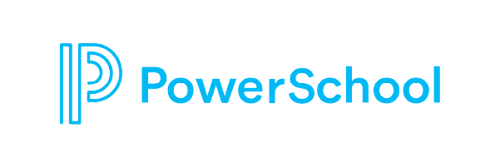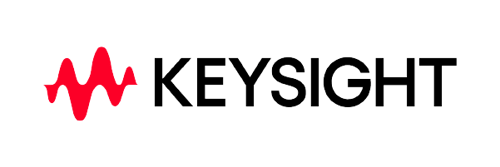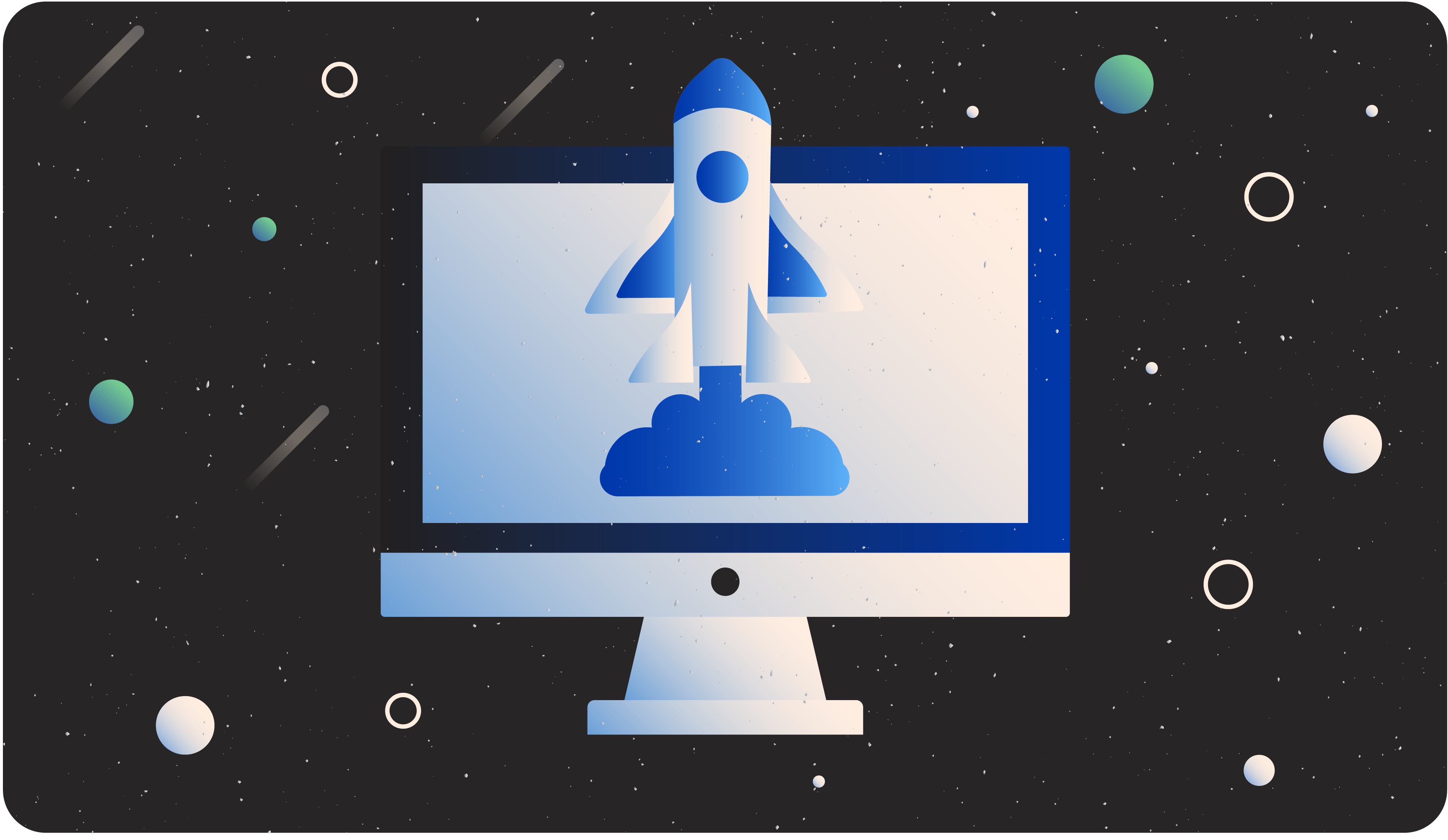Enhance Dynamic Pricing with Logik.io
The Ultimate Guide to Dynamic Pricing Software
We make even the most complex products simple to configure, enable sales to sell faster, and ensure every customer gets exactly what they need





How does Logik.io's Commerce Logic Engine Supercharge Your Dynamic Pricing Experience?

Flexible & Intuitive
Give your sales reps the tool they need to deliver a quote for products and services that fit exactly what your customer needs. No more picking through part numbers and product lists. Let Logik.io guide every seller to the perfect solution.

Maintain a Single Source of Data
Logik.io enhances the "C" of Salesforce CPQ, and is built directly on the Salesforce platform and within the Salesforce data structure, so you can still leverage all your product data in one central place. Logik.io works right alongside your existing system.

Lightning Fast Speeds
Logik.io adds a proprietary solving engine to Salesforce CPQ built to handle advanced product configurations with split second speed speed for sales reps to produce quotes faster for every product, for every customer, every time.
Table of Contents
Understanding Dynamic Pricing Dynamic Pricing Software: The Ultimate Guide
Dynamic pricing software is a cutting-edge technology that enables businesses to adjust their prices dynamically based on real-time market conditions, customer demand, and competitor pricing strategies. It represents a significant evolution from traditional fixed pricing models, which were rigid and often failed to account for fluctuations in supply and demand.
Dynamic pricing has its roots in the airline industry, where prices were adjusted based on travel dates, seat availability, and customer preferences. However, with the advent of advanced algorithms, machine learning, and big data analytics, dynamic pricing software has become increasingly sophisticated and applicable across a wide range of industries.
At its core, dynamic pricing software works by continuously analyzing vast amounts of data, including market trends, customer behavior, inventory levels, and competitor pricing. This data is then fed into complex algorithms that determine the optimal pricing strategy for each product or service, taking into account factors such as demand, seasonality, and market conditions.
The impact of dynamic pricing software has been profound, enabling businesses to maximize revenue, increase profit margins, and enhance customer satisfaction. In the eCommerce sector, for example, dynamic pricing software has allowed retailers to respond quickly to changing market conditions, adjusting prices in real-time to capture more sales opportunities and remain competitive.
Similarly, in the hospitality industry, dynamic pricing software has revolutionized the way hotels and resorts price their rooms, enabling them to optimize occupancy rates and revenue based on factors such as seasonality, events, and competitor pricing. Airlines, too, have long utilized dynamic pricing strategies to maximize revenue and fill seats more efficiently.
Beyond these traditional applications, dynamic pricing software is now being adopted in industries as diverse as entertainment, sports, and even utilities, where companies are leveraging its capabilities to optimize pricing strategies and enhance profitability.
Section 2 Why Dynamic Pricing Software Matters
Dynamic pricing software has become a game-changer for businesses across various industries, enabling them to maximize revenue, increase customer satisfaction, and stay ahead of the competition. By leveraging advanced algorithms and real-time data analysis, these powerful tools can dynamically adjust prices based on factors such as supply and demand, competitor pricing, and customer behavior.
Statistics have consistently demonstrated the significant impact of dynamic pricing software on revenue growth. According to a recent industry report, companies that have implemented dynamic pricing solutions have experienced an average revenue increase of 18% within the first year of adoption. This impressive figure highlights the immense potential of these tools in driving profitability and business success.
Moreover, dynamic pricing software has proven to be a valuable asset in enhancing customer satisfaction. By offering fair and competitive prices that align with market conditions, businesses can foster trust and loyalty among their customer base. A study conducted by a leading e-commerce analytics firm revealed that companies utilizing dynamic pricing strategies experienced a 12% increase in customer retention rates compared to those relying on traditional fixed pricing models.
Case studies from various sectors further exemplify the transformative power of dynamic pricing software. In the hospitality industry, a renowned hotel chain leveraged dynamic pricing solutions to optimize room rates based on factors such as seasonality, local events, and occupancy levels. As a result, they achieved a remarkable 22% increase in revenue per available room (RevPAR), while simultaneously improving customer satisfaction scores.
The eCommerce sector has also witnessed remarkable success with dynamic pricing software. A leading online retailer implemented a sophisticated dynamic pricing tool that continuously monitored competitor prices and adjusted their own pricing accordingly. This strategic move led to a staggering 27% increase in sales volume and a significant boost in market share within their niche.
As businesses navigate an increasingly competitive landscape, dynamic pricing software emerges as a powerful ally, enabling them to maximize revenue, enhance customer experiences, and gain a competitive edge in their respective markets.
Section 3 Implementing Dynamic Pricing Software
Integrating dynamic pricing software into your existing business systems is a multi-step process that requires careful planning and execution. Here's a step-by-step guide to help you navigate this process:
- Assess Your Current Pricing Strategy: Before implementing dynamic pricing software, it's crucial to evaluate your existing pricing strategy and identify areas for improvement. Analyze your pricing data, customer behavior, and market trends to determine where dynamic pricing can have the most significant impact.
- Select the Right Dynamic Pricing Solution: With numerous dynamic pricing software options available in the market, choosing the right one for your business can be a daunting task. Consider factors such as scalability, integration capabilities, pricing models, and customer support when evaluating potential solutions.
- Data Integration and Preparation: Dynamic pricing software relies heavily on data to make accurate pricing decisions. Ensure that your data sources, such as inventory management systems, customer relationship management (CRM) tools, and sales data, are integrated seamlessly with the dynamic pricing solution.
- Configure Pricing Rules and Algorithms: Once the data integration is complete, you'll need to configure the pricing rules and algorithms that will govern the dynamic pricing process. This may involve setting minimum and maximum price thresholds, defining pricing factors (e.g., demand, competition, seasonality), and establishing pricing strategies for different product categories or customer segments.
- Test and Optimize: Before fully implementing dynamic pricing software, it's essential to conduct thorough testing and optimization. Start with a pilot program or a limited product range to assess the software's performance and make necessary adjustments. Continuously monitor pricing data, customer feedback, and sales metrics to fine-tune the pricing strategies.
- Train Your Team: Implementing dynamic pricing software often requires a shift in mindset and processes for your team. Provide comprehensive training to ensure that your employees understand the software's capabilities, pricing strategies, and how to effectively communicate dynamic pricing to customers.
While implementing dynamic pricing software can be transformative for your business, it's not without challenges. One potential hurdle is data quality and integration issues, which can lead to inaccurate pricing decisions. Additionally, customers may initially resist dynamic pricing, perceiving it as unfair or confusing. To overcome these challenges, invest in data governance and quality assurance processes, and develop clear communication strategies to educate customers on the benefits of dynamic pricing.
To maximize the benefits of dynamic pricing software, follow best practices such as:
- Continuously monitor and adjust pricing strategies based on market dynamics and customer behavior.
- Leverage advanced analytics and machine learning capabilities to uncover hidden pricing opportunities.
- Prioritize transparency and clear communication with customers to build trust and loyalty.
- Align dynamic pricing strategies with your overall business objectives and brand positioning.
- Regularly review and update pricing rules and algorithms to ensure they remain relevant and effective.
By following these steps, addressing potential challenges, and adhering to best practices, you can successfully integrate dynamic pricing software into your business operations, unlocking new revenue streams and improving customer satisfaction.
Section 4 The Future of Dynamic Pricing
The future of dynamic pricing software is inextricably linked to the rapid advancements in artificial intelligence (AI) and machine learning (ML) technologies. As these technologies continue to evolve, they will play an increasingly pivotal role in enhancing the capabilities of dynamic pricing solutions.
One of the most significant emerging trends is the integration of AI and ML algorithms into dynamic pricing software. These algorithms will enable more accurate and real-time pricing adjustments based on a multitude of factors, such as consumer behavior, market trends, competitor pricing strategies, and supply chain dynamics. By continuously analyzing vast amounts of data, AI-powered dynamic pricing tools will be able to identify intricate patterns and make highly sophisticated pricing decisions, resulting in optimized revenue generation and customer satisfaction.
Additionally, the advent of predictive analytics and forecasting models will further revolutionize dynamic pricing strategies. These models will allow businesses to anticipate future market conditions, consumer preferences, and demand fluctuations, enabling them to proactively adjust their pricing strategies accordingly. This proactive approach will not only maximize profitability but also enhance the overall customer experience by offering the right products at the right prices at the right time.
However, as dynamic pricing solutions become more advanced and pervasive, ethical considerations and regulatory implications will inevitably arise. There are concerns about potential price discrimination, where certain customer segments may be targeted with higher prices based on their perceived willingness to pay. Such practices could be perceived as unfair and raise questions about transparency and consumer protection.
Regulatory bodies may introduce guidelines or laws to ensure that dynamic pricing practices are fair, transparent, and do not violate antitrust or consumer protection laws. Businesses will need to carefully navigate these regulations and implement robust governance frameworks to maintain ethical and compliant pricing strategies.
To prepare for the future of dynamic pricing technology, businesses must adopt a forward-thinking mindset and embrace continuous innovation. This may involve investing in advanced data analytics capabilities, upskilling their workforce to understand and leverage AI and ML technologies, and fostering a culture of experimentation and agility.
Collaboration with industry experts, academic institutions, and technology providers will be crucial in staying ahead of the curve. By actively participating in research and development efforts, businesses can gain early access to emerging pricing technologies and shape their implementation to align with their specific needs and ethical principles.
In conclusion, the future of dynamic pricing software is poised to be transformative, driven by the convergence of AI, ML, and advanced analytics. While this presents exciting opportunities for businesses to optimize their pricing strategies and enhance profitability, it also introduces ethical and regulatory challenges that must be addressed proactively. By embracing innovation, fostering collaboration, and prioritizing ethical and responsible practices, businesses can position themselves to thrive in the dynamic pricing landscape of the future.
.gif?width=670&height=500&name=Guided%20Demo%20Featured%20Images%20(3).gif)
SHARE